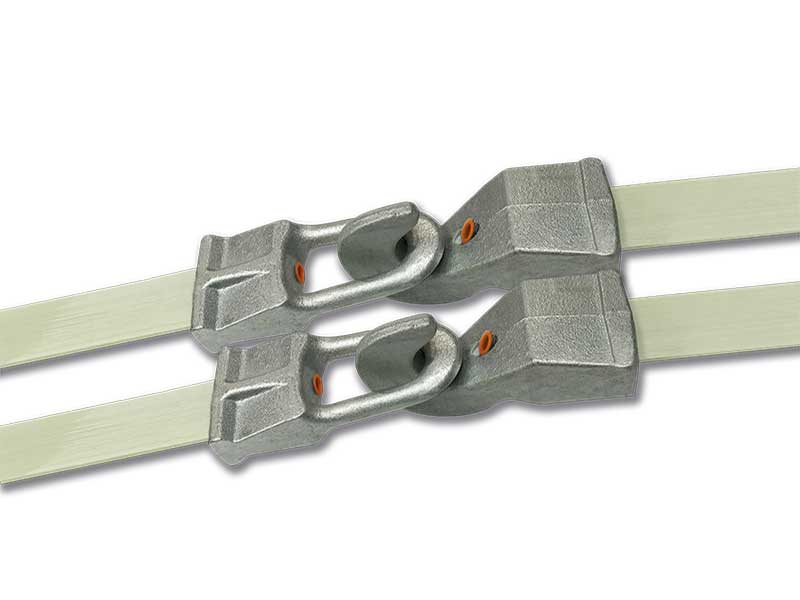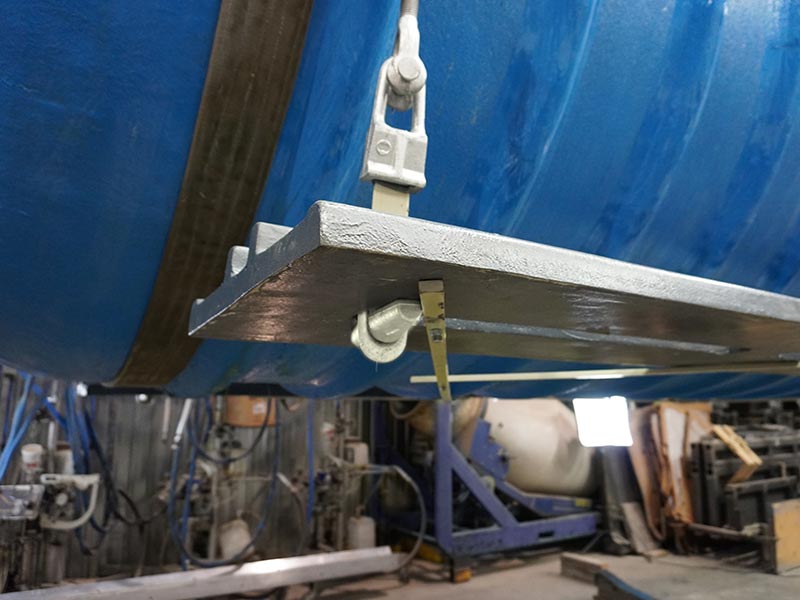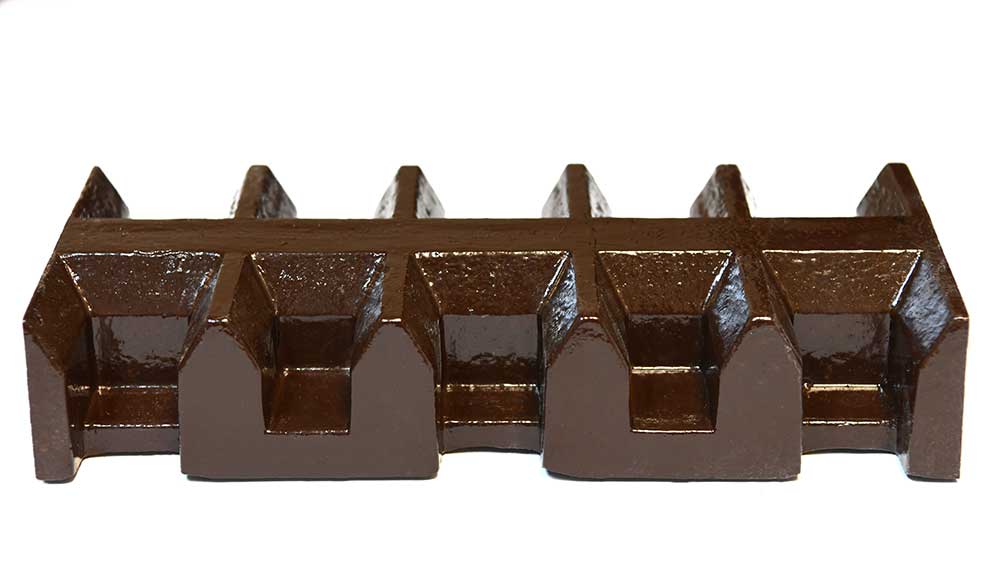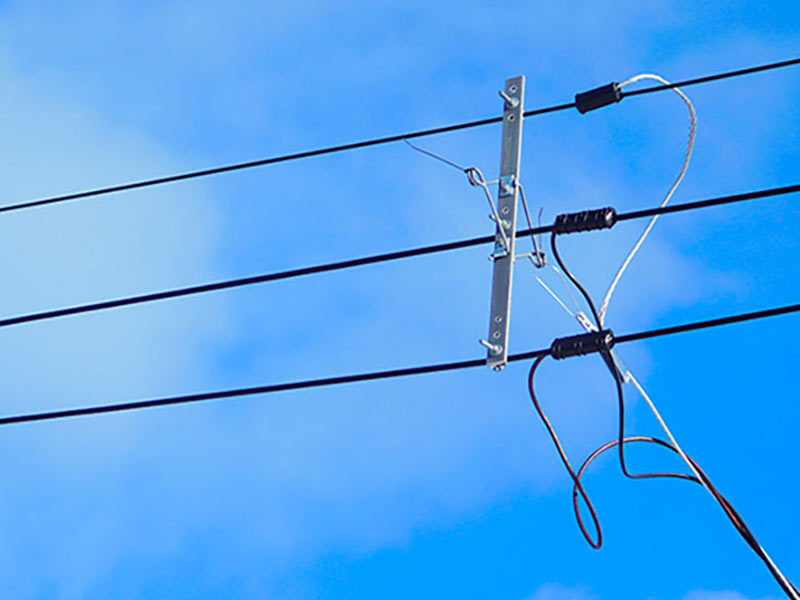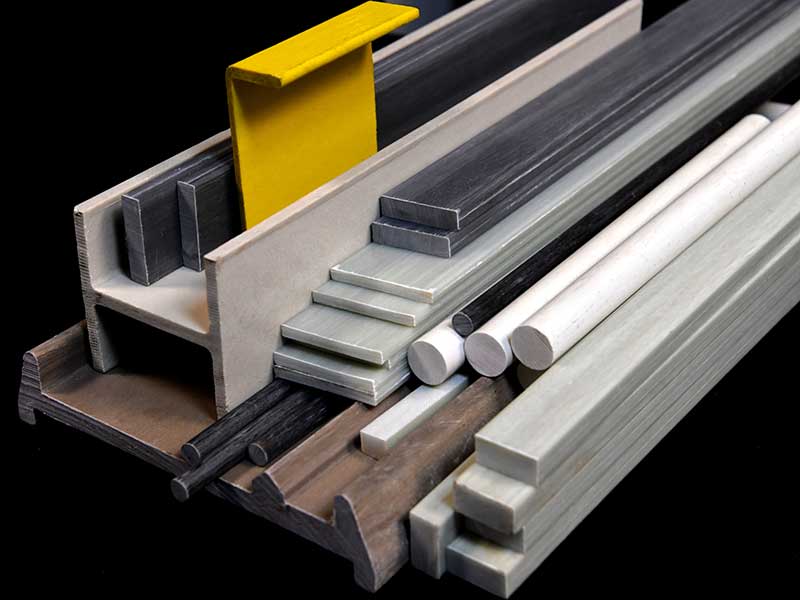Equipotential Insulators
To learn more about the special solutions,
please visit www.pultrusionmining.com, a division of Pultrusion Technique Inc.
Equipotential Insulators
An equipotential insulator, also known as a capping board, is a part of an electrolytic cell assembly, designed to position the anodes and the cathodes, and provide them with mechanical support as well as electrical insulation. These insulators can be made of any material with sufficient rigidity, but they must be able to withstand the high temperatures caused by the electrolysis process without deforming or losing their shape.
The most commonly used materials for insulators are plastics and fiberglass composites, which both have the advantage of being resistant to thermal stresses as well as corrosion and chemical attacks in the acid bath during operation, and both are considered as non-porous.
Being the industry lead in the past three decades, we are proud to be producing the most durable insulators for non-ferrous metal refineries across the globe. No matter the length of the cells in your cellhouse, we can produce single-piece insulators along the length of the cell for up to 11 meters, with the highest precision level in making insulators in the market.
With our state-of-the-art manufacturing facilities and highly experienced technical team, we provide a wide range of services such as product designing, engineering, quality control, production management, customer service and training to meet all your needs in an efficient way.
Quality control program
Our quality control program guaranties a precision of side-by-side anode to cathode at 0.5mm (Center-to-Center) and from the first anode to the last anode at 2.8mm along an 11-meter length. These insulators are proved by our clients to have a lifespan of 20 years without any maintenance, thanks to our unique chemical formulation with an outstanding resistance to sulfuric acid up to 100% pure and the mechanical design of our embedded fiberglass pultruded rebar.
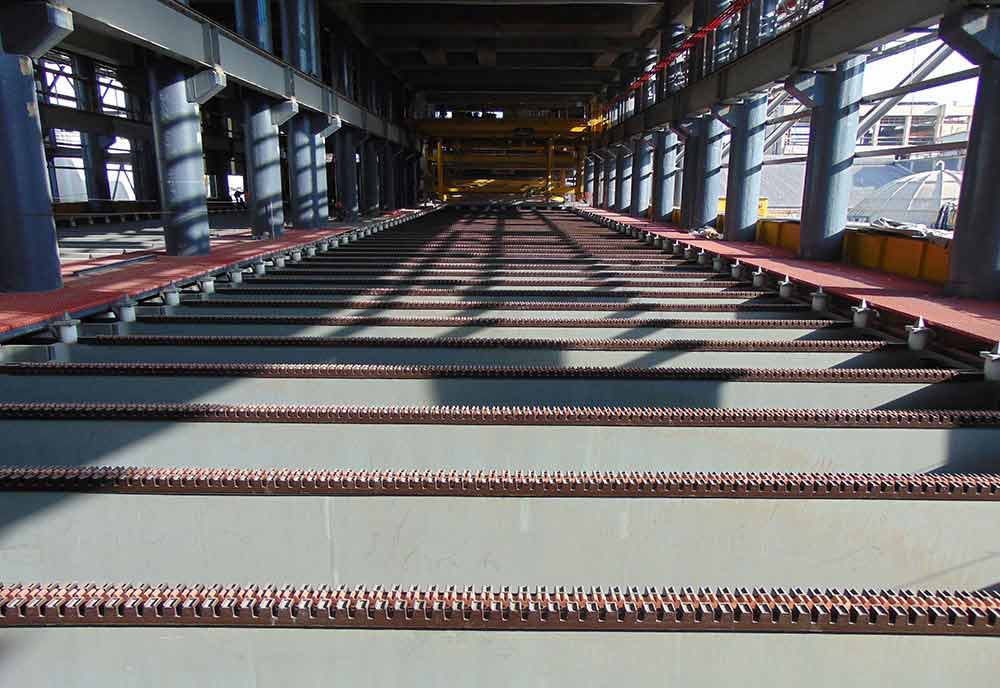
As a result of our exceptional level of non-porosity, the remarkable performance of our insulators results in double the lifespan of the cells and double the lifespan of anodes and cathodes.
